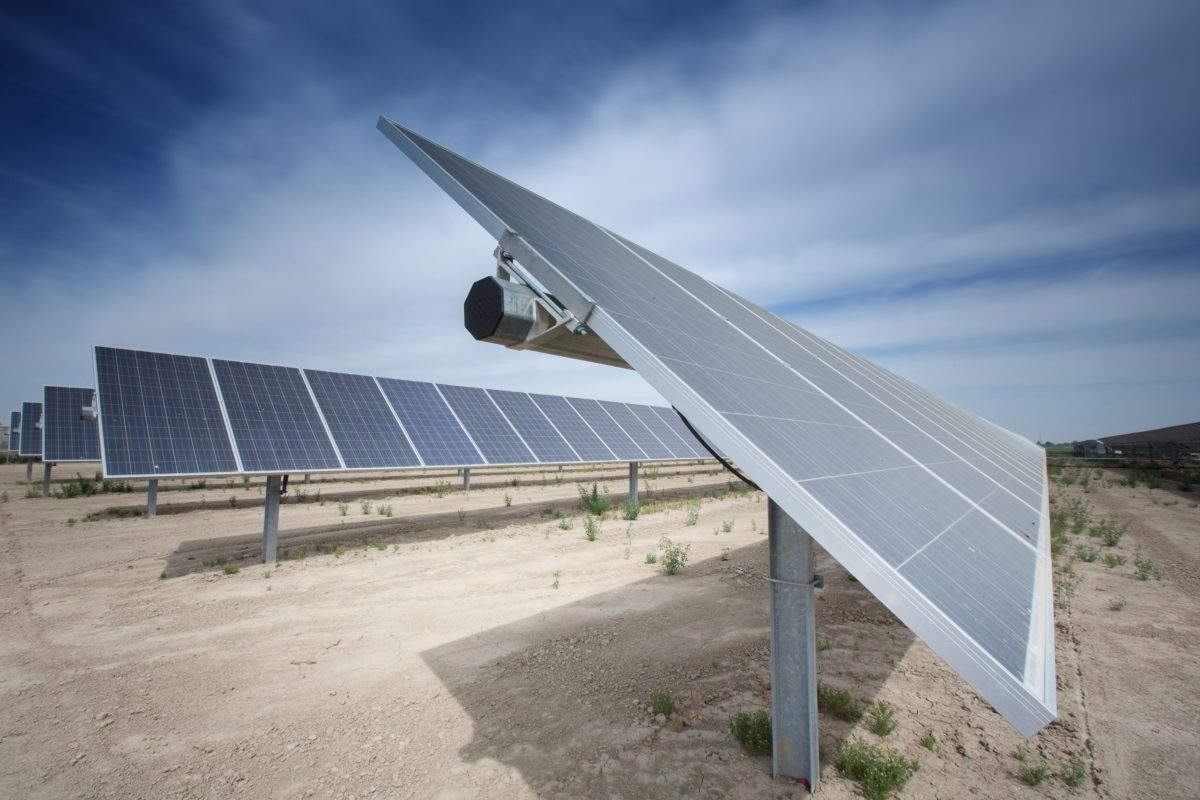India can raise its renewable energy use to meet a quarter of the country's total final energy demand by 2030, shows a report by the International Renewable Energy Agency (IRENA), outlining areas that can unlock India’s vast renewable energy potential.
According to Renewable energy prospects for India, the latest study from IRENA’s REmap program, solar could play a vital role representing the second largest source of renewable energy with 16%, followed by wind at 14%, and hydropower at 7 % of the country’s total final renewable energy consumption by 2030. The list is topped by biofuels, which could be used across the end demand spectrum, such as for transport, electricity generation and heating, accounting for 62 %.
Furthermore, the renewable energy technologies identified in the report would lower demand for coal and oil products between 17 % and 23 % by 2030. Reduced reliance on fossil fuels is showing itself as the only viable option, taking into account India’s limited sources of fossil fuels, which are prompting the country to turn increasingly to imports, thus adding to concerns about security of the energy supply, the actual prices – as record low Indian solar tariff bids accepted in 2017 (INR 2.44 ($ 0.037)/kWh) mean that solar is now cheaper than coal, and the country’s pledges under the Paris Climate Agreement.
“With one of the world's largest and most ambitious renewable energy programs, India is taking a leading role in the energy transformation both regionally and globally,” said IRENA Director-General Adnan Z. Amin. “India possesses a wealth of renewable resources, particularly for solar and bioenergy development, which can help to meet growing energy demand, power economic growth and improve energy access, as well as boost overall energy security.”
Challenges in sight
India’s population and economic growth is expected to increase the number of people living in cities and towns from approximately 435 million in 2015 to 600 million by 2030. Consequently, the country’s total energy demand will more than double by 2030, while electricity demand will almost triple, IRENA notes.
Despite rapid strides in adding power capacity, India continues to be plagued by widespread energy poverty, as reaching rural and remote areas with the necessary transmission and distribution network remains a major challenge. Estimates suggest that 80 million households — roughly 300 million people — still have limited or no access to electricity.
Popular content
In economic terms, the health impact of outdoor air pollution costs about 3% of India’s annual gross domestic product, and indoor air pollution adds significantly to this total. Therefore, the shift to renewables would not only be economically beneficial with regard to creating jobs, but also reducing carbon dioxide emissions, and ensuring cleaner air and water, with savings on health-related costs.
Road to follow
Meeting India’s electricity demand, which has grown by 10 % a year over the past decade, and attaining the country's economic growth targets will require significant investment in power-generation capacity and related infrastructure, as well as in transport, buildings and industry sectors, creating important opportunities for renewable energy deployment.
IRENA’s report shows that to make the most of its vast sustainable energy potential, investments in India’s renewable energy capacity have to more than double. The country must mobilize affordable financing and adopt new business models; develop a skilled and knowledgeable workforce; and introduce modern renewables-based technologies into people’s daily cooking, cooling and transportation routines. Achieving this will require annual renewable energy investments worth $42 billion over the period to 2030.
India will also need to accelerate the transformation of its power system to integrate higher shares of renewables by strengthening transmission grids, reducing grid losses, and in general improving the resilience of the power system by investing in a more flexible system that values demand-response, interconnectors and storage, as well as greater transport and power-sector synergies.
A recent study developed under the U.S.-India bilateral program Greening the Grid showed that India’s bold target of 175 GW of installed renewable capacity by 2022, which includes 100 GW of solar, is attainable because the nation’s power grid can be balanced and adapted to the intermittent nature of renewable energy sources.
This content is protected by copyright and may not be reused. If you want to cooperate with us and would like to reuse some of our content, please contact: editors@pv-magazine.com.



All Figures are in Million Ton Oil Equivalent (MTOE)
Reference: BP Energy Statistics Report No. 66. I believe it is correct, if not please give me the correct figures.
Mr. Adnan your this report about the nuclear, hydro and renewable is misguiding and is against the actual facts. The actual growth record for the Indian nuclear, hydro and renewable energy (over the recent four years: 2013, 2014, 2015 and 2016) is nearly stagnant : Nuclear from 7.5 to 8.6= 1.1, Hydro from 29.8 to 29.1= -0.7 and Renewable from 12.5 to 16.5 = 4.5 i.e. the Total Growth was only a small portion (4.4 MTOE). This growth over the last three years) against high claim and postulation (as in your statement) is only your imagination and nothing else. Please provide me with the records of new and renewable energy, effective from the year 1985 – year of establishment / Ministry of New and Renewable Energy (MNRE).
Thank you,,,
Ansari Marghoob Ahmad